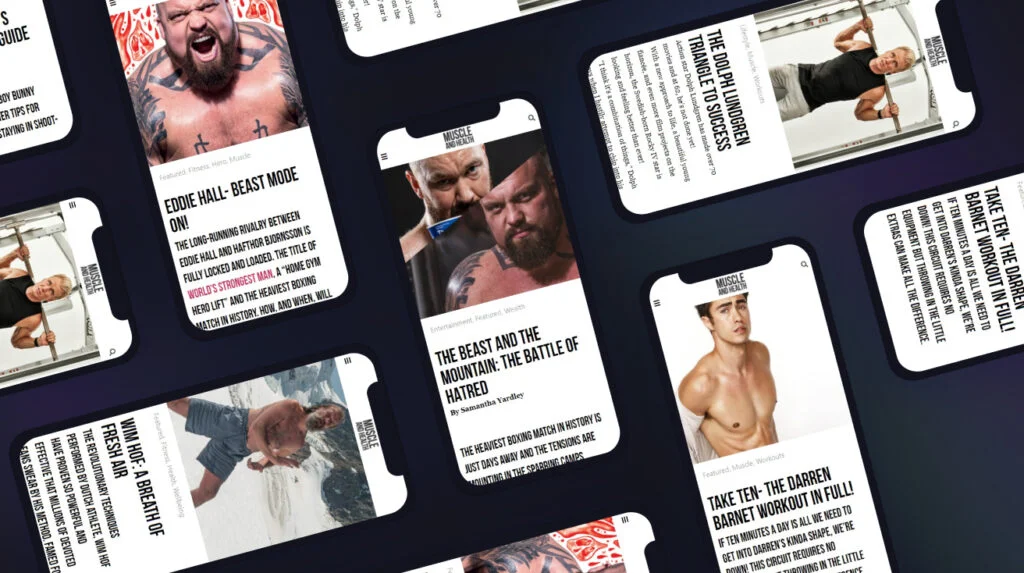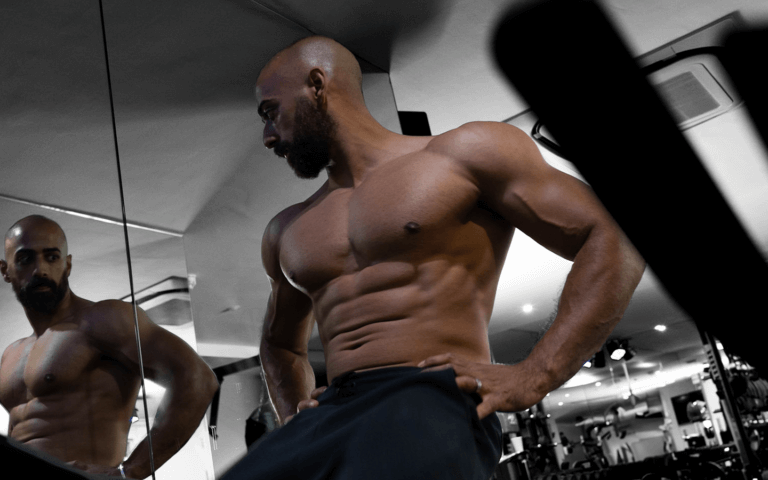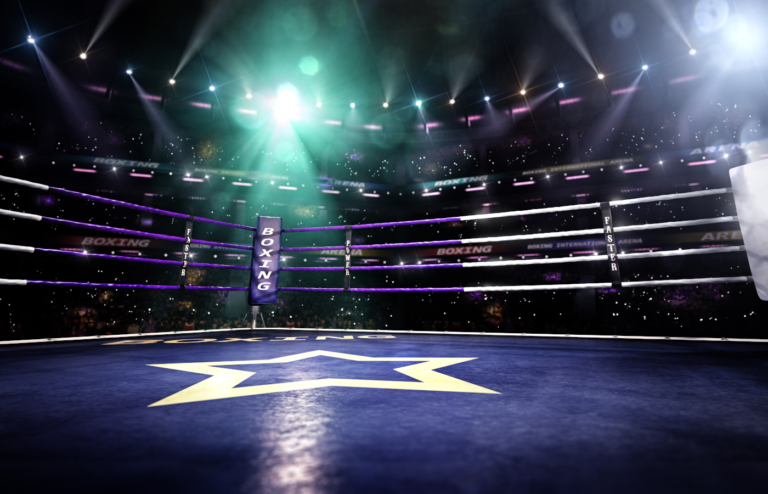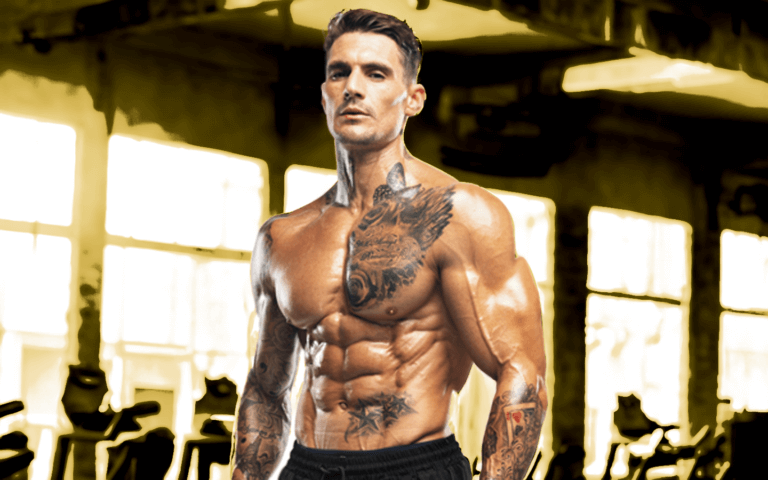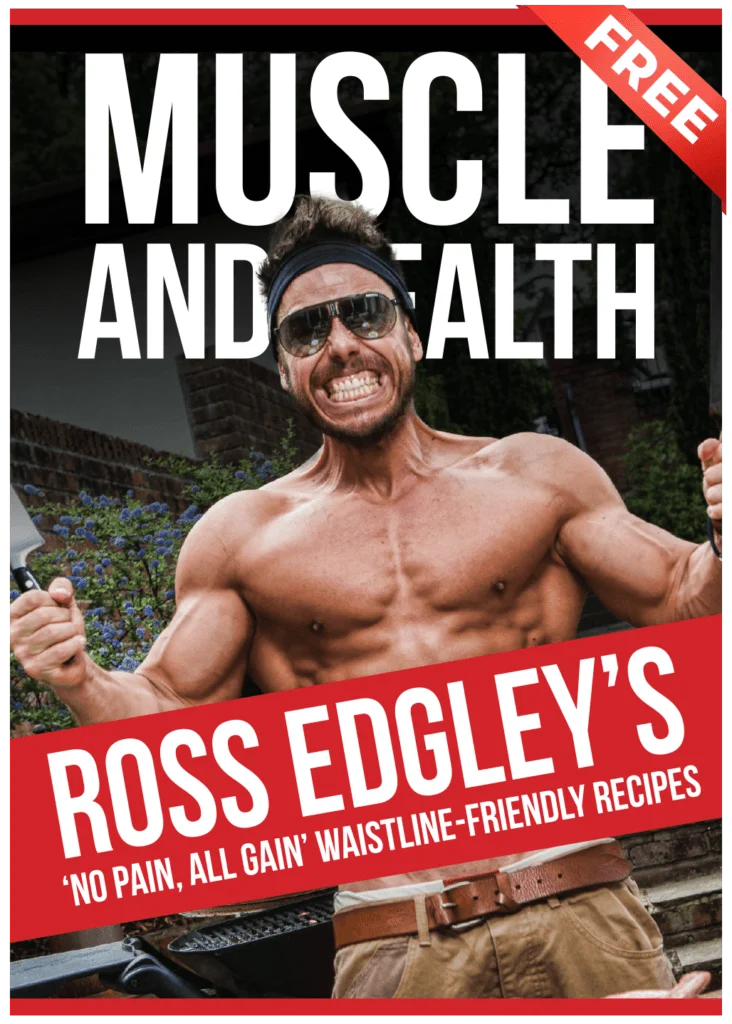Author: Jamie Grover
When you hear the term bodybuilding, it’s likely you think of working out with the goal of gaining as much muscle as possible. Four sets of 8 to 12 reps per exercise, reaching near failure with each set. For some, bodybuilding is a hobby. For others, it’s a career, a competition and a lifestyle. Let’s take a look at the evolution of bodybuilding.
Since its beginnings, professional bodybuilders have achieved unfathomable physiques. Pros like Arnold Schwarzenegger and Ronnie Coleman have even become household names. Sure, they have interesting personalities and iconic catchphrases, but when you think of these two, you think of one thing in particular. They are massive. Incomprehensibly massive.
Rumours and legends surrounding the best professional bodybuilders’ secrets to success have littered the internet since the early 2000s. These guys eat bizarre diets, train relentlessly without any sign of fatigue, and are also stupidly strong.
All the great pro bodybuilders made it their life’s mission to impress those judges when they stepped on stage. Whilst the superhuman preparation taken by the pros hasn’t changed over time, the perfect bodybuilding physique that the judges look for, has.
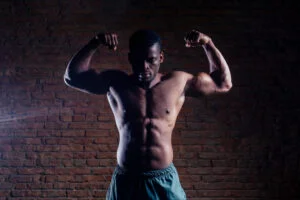
THE BEGINNINGS: EARLY 1900S
Eugen Sandow coined the term bodybuilding in the early 1900s and held the first bodybuilding competition at the Royal Albert Hall in London. In 1946, brothers Joe and Ben Weider started the International Federation of Bodybuilders (IFBB), and the rest, was history.
THE GOLDEN ERA: 1965-1980
Competitive bodybuilding had been around for around for a while by this point. It wasn’t until the reign of bodybuilding legend Arnold Schwarzenegger that the sport really began to take off.
ARNIE’S TIME
Looking at the evolution of bodybuilding wouldn’t be complete without one man…Arnold Schwarzenegger. Arnold competed in twelve shows during his career and took home the gold in eleven of these outings. Schwarzenegger’s standout feature was his extremely full chest (at 57 inches), along with his mountain-peak biceps (22 inches), and wide lats. Even more impressive than his physique, was the fact that he managed to have a successful acting career alongside his success in bodybuilding. He even took a five-year hiatus from competing to focus on acting, then won the 1980 Mr Olympia competition as a late entrant. As well as this, the Austrian Oak also saw success in powerlifting and Olympic weightlifting during this period.
Throughout this era, the judges focused less so on leanness than they do nowadays. The main emphasis was on symmetry, proportionality and posing ability, with size also being important. A small waist with large delts and lats were favoured by the judges, creating the iconic v-taper look which is still desired by most bodybuilders today.
THE MASS-MONSTER ERA: 1990-2010

As Arnold’s reign came to an end, the 1990s saw a great change in physiques as bodybuilding began to evolve. During this period, bodybuilders became obsessed with packing on as much size as possible.
Many credit British competitor Dorian Yates for the rise of the mass monsters. Dorian had bigger measurements than Arnold in every muscle group. Most notably, his ridiculously wide back. He also had 31-inch quads, almost three inches larger than Schwarzenegger during his peak. Yates amassed six consecutive Mr Olympia titles during his career.
YEAH BUDDY!
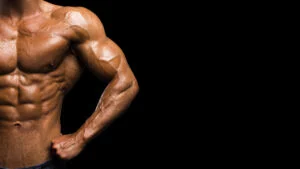
In the evolution of bodybuilding, the ultimate mass monsters came towards the end of the 90s. The most prolific of all perhaps was the king himself, Ronnie Coleman. Ronnie was the first pro bodybuilder to step on stage whilst weighing 300lb (136kg). To give you an idea of how incredible this was, Arnold was 6’2 and weighed 235lb (106kg) during contests. Coleman was three inches shorter at 5’11, and weighed 65lb more, whilst debatably carrying less body fat. The amount of lean mass Ronnie had was unheard of, which led to him eight consecutive Mr Olympia titles, the most of all time.
Ronnie’s off-season training was out of this world. He used a combination of powerlifting and bodybuilding to gain as much strength and muscle as possible before cutting down for his competitions. It’s likely you’ll have seen footage of Ronnie easily lifting the weight of a small car after shouting “Yeah buddy!” or “Lightweight baby!”. In his training, he deadlifted 800lbs (363kg) for two reps, squatted 585lb (265kg) for ten reps, and benched pressed 495lb (225kg) for five reps.
Coleman’s Mr Olympia streak came to an end in 2006, when his age-old rival Jay Cutler took home the gold. Cutler was an inch shorter than Ronnie at 5’10 and weighed only 260lb (118kg). However, his lower weight didn’t limit him, with most of his peak muscular measurements coming within 1-2 inches of Ronnie. Jay and Ronnie were levels above the competition throughout their rivalry. It wasn’t until 2006 when Cutler’s lower body fat and better proportionality edged it for him and dethroned the king.
CUTLER CONTROL
Cutler’s superhuman diet was likely key to his eventual success on the Mr Olympia stage. He claims to eat between 4,000 to 6,000 calories spread out over five or more meals throughout his day. Jay didn’t use milk or water to mix his protein shakes. He uses egg whites. If that doesn’t give you an idea of how committed this man was then nothing will.
The judges became much less focused on proportionality and symmetry during this period, and looked mainly for muscularity, size, and leanness. Huge, bulging delts were particularly favoured by the judges. This allowed brutes like Yates, Coleman, and Cutler to thrive, all the way until the 2010s, when divisions were introduced to the competition.
THE MODERN ERA: 2010-PRESENT
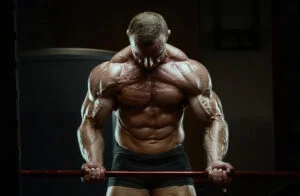
With the arrival of divisions, the 2010s saw a range of varying physiques. Some of these were achieved by different training styles, whilst others focused on genetic potential and limits.
OPEN DIVISION
Open division is essentially what every Mr Olympia competition had been up until this point. The division was kept in to allow the mass monsters to continue to impress judges and stun the public with no restrictions.
212 OLYMPIA
The 212 Olympia category (introduced in 2012) only allows athletes 5’5 or under, weighing below 96.6kg. Competitors are judged similarly to traditional bodybuilding shows and complete the same seven poses.
MEN’S PHYSIQUE
Also in 2012 was the introduction of the men’s physique division. This category focuses mainly on the upper body, with competitors being required to wear knee length shorts which hide the quads. The judges mainly look for a great shoulder to waist ratio, alongside proportionality and muscle separation, with less of a focus on mass/muscularity. All competitors for this division must be under 5% body fat.
CLASSIC PHYSIQUE
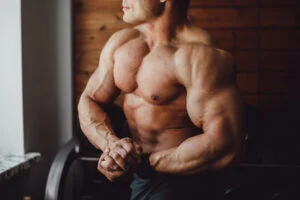
And finally, 2016 saw the introduction of the classic physique division. The requirements for this division are very similar to the competitions from the golden era. Judges do look for size, but focus also on symmetry, proportionality and conditioning. Competitors for this division are required to complete the following poses: front double bicep, side chest, back double bicep, abdominals and thighs, finished off with the competitors favourite poses.
Arnold Schwarzenegger is a fan of the classic physique division and has expressed that he wants it to become as big as open division. This division has been dominated by popular bodybuilding YouTuber Chris Bumstead, who has taken home the title for the past three years.
CBum has really helped to pave the way for modern bodybuilding. His informative and entertaining YouTube channel serves as a source of inspiration for so many aspiring bodybuilders of all ages across the globe.
With the support of Arnold, and world-class athletes like Chris, this category has the potential to be monumental.
So that’s the evolution of bodybuilding in a nutshell. If you’re as big a fan of Arnie as we are, this back-to-basics workout from his former protégé Matt Green, FUNCTIONAL MOVES OF OUR FOREFATHERS is a must-see!
Related Article: How To Build A Golden Era Physique


